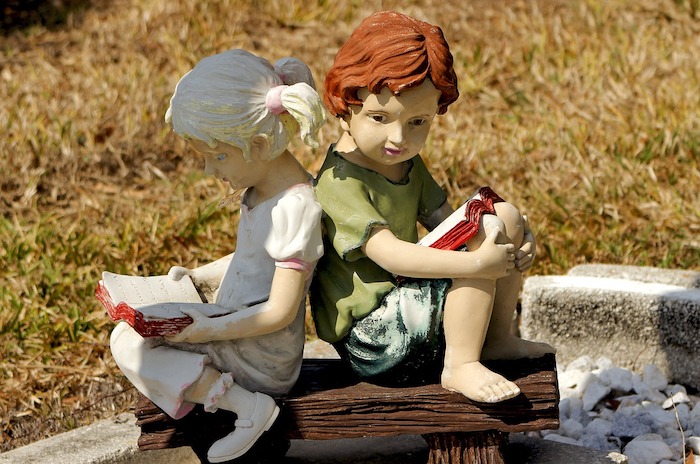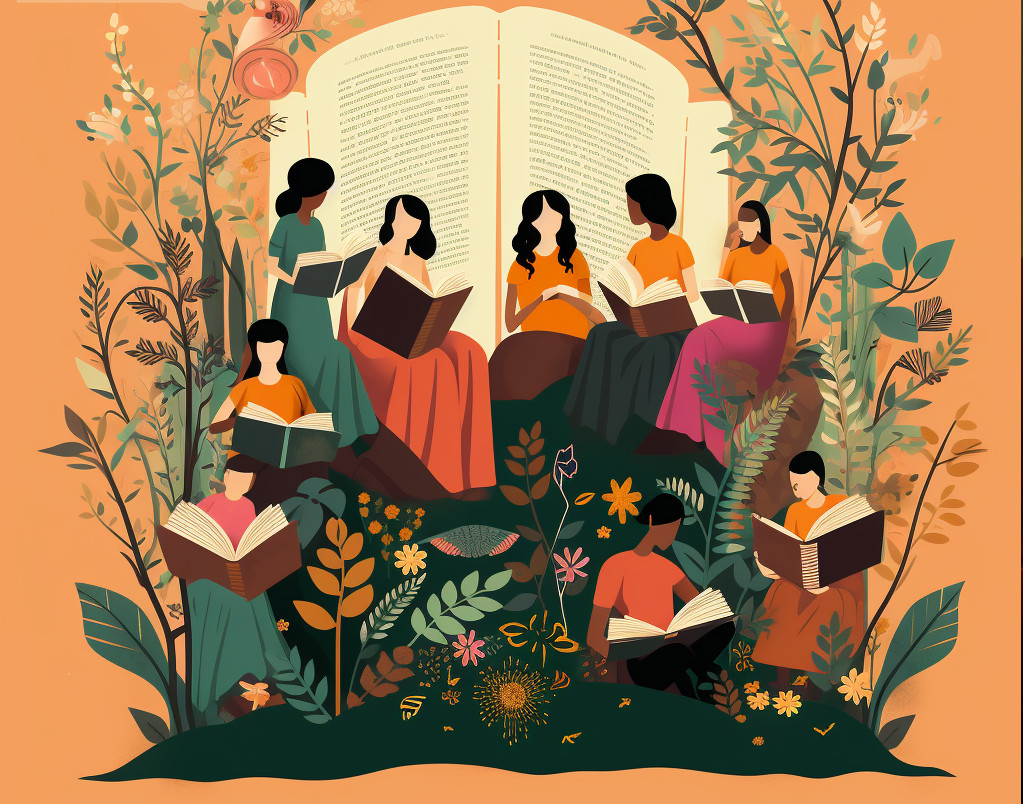Keys to Success when When Writing for Children
Knowing why you want to write for children, and what they want to read will help you write a great story and increase your chances for publication.

To be a successful children's author, you need to understand why you want to write for children, you have to know what children themselves want to read and not just what adults would like them to read, where to get ideas from and you also need to be aware of the presentation requirements for the various types of publications for children, whether picture books, short stories or full length books. Establishing your own answers for all these elements will help you write a great story or book and also increase your chance of getting it published, which after all, is the goal of all authors.
1. Be sure you understand why you want to write for children.
Before you start writing, ask yourself why you want to write for children. You will probably come up with quite a long list, including such things as: because you have children of your own and you know what kids like; you are good at telling children stories, so you should be able to write them, too; you believe you know what kids like to read and you have a good imagination.
But are the reasons you come up with good enough to make you a compelling children's author? Remember, writing for children is not the same as writing about children. You must always write your stories from the child's point of view, so they can relate to the characters, the situations, the language and the feelings. Children are always curious and want to know everything, so you need to cater for this trait in your readers as well.
Perhaps the best answer is that you want to write stories for children that will also satisfy the child that is still inside you, a story that bursts out from your mind as if it can't be contained, a story that satisfies eager, questioning young minds, a story that just cannot seem to be held back. If you write like that, your enthusiasm will become embedded in the words you write and will be recognized and appreciated by your young readers.
2. Understanding what children want to read.
In the early years of development, children naturally explore, discover and interpret everything around them. Fairy stories, legends and fables cater to their curious minds and at this age, children enjoy what appears to adults to be frightening or violent situations. Up to the age of eight or ten, they sometimes seem to delight in seeing the wicked character winning out over the hero of the story and sometimes appear to be disappointed when the hero is rescued.
This is mainly because kids of that age are not relating the suffering in the story with their own real life, with their own bodies or those of their parents or siblings. The ability to differentiate fact from fiction develops later when children learn to relate the world around them to their own personal life.
Usually children's stories end 'happily ever after' or at least with the hero (and often the villain) hanging in there at the end, ready for the next book in the series. So even tales that contain an element of what adults call horror, are useful in teaching kids that dangers and difficulties can be overcome and can also teach them valuable lessons about making decisions about what to do and the consequences of those decisions while at the same time giving them an exciting story to read.
An older child, who can relate the reality of life to his own personal situation, wants his stories to be more like real life, but still with lots of action, thrills and laughs, all at a very fast pace! Both boys and girls long for adventure in their lives but they want it to be believable enough so that they can see themselves in the hero or heroine role. Your stories must be credible to children in this older age group or they won't grab your reader's attention.
3. Where to get story ideas.
Young children's questions or favorite bed-time tales can be the starting point for stories that will interest them. You can also make up tales about much-loved toys, pets, friends or family members.
Visiting a new place, such as another town, a zoo or circus, a sports match, museum, cultural event or even dinner out can all be the basis for a fun story that also delivers some learning or moral. Kids love to identify with a main character who helps someone less fortunate, stands up to a bully or acts in another situation which they themselves may have some fear of in real life. Reading about such exploits can give a child courage to act more that way himself.
A popular theme for older children is searching for hidden treasure; computer games using this idea are well-liked and continue to sell well, too. The treasure doesn't have to be jewels or gold bars, but can be anything highly valued.
Searching for people who are lost or misplaced can be made into a gripping tale. Children like order in their lives and this order extends to family members being together, so a plot that includes a lost child or parent and the main character being instrumental in reuniting the the lost soul with the family are always appreciated if there is enough believable adventure and action during the hunt.
Recall your own memories and write about adventures you would have liked to have read back then, read stories from successful authors for ideas, attend writing workshops, ask some children what they would like to read about!
4. Format and presentation
To get your story or book published so that children will get to read it, you need to consider the length - the number of words you use. This will depend on the publication you are targeting and it is a good idea to contact editors requesting this information before you start to write, or at least make yourself familiar with other published works to see what has been accepted in the past.
Different publishers cater for different age groups, so you need to target what you write with places to sell your work. Booksellers need to be able to classify their stock so that when a buyer comes in for say "a book for teenagers", they can confidently make a recommendation, so keep this idea in mind, too.
Next you have to decide on the viewpoint of your story. If there are several child characters, they cannot all tell the story from their individual viewpoint, so the writer can adopt what is called "God's Eye View" to recount all that happens.
When the main character is a single child, the story can be told in the first person, for example, "I felt really lonely until I got Jet, my new dog". This style is easily understood by even young children and it makes it very easy for the reader to imagine him or herself in the main character role. When this style is used, there should be no variation, you must stick to it all the way through.
5. Final thoughts
Use colorful descriptive language when describing situations, the brighter the better. Children like to see scenes in their mind's eye, so using everyday objects in an exaggerated way adds a bit of the ridiculous, humor or excitement. Children relate to food easily, so using descriptive language such as, "the toffee-nosed lady was wearing a hat that reminded Eddy of the cream cake he sat on and squashed by mistake when they were going to his cousin's birthday party" strikes most kids as being very funny.
We use food and color all the time in our everyday language; think of red as a beetroot, white as a sheet, blue with cold etc. Join in with youngsters you know and play a game thinking up some new associations; this will give you novel ideas to use in your writing. Including an element of nonsense and humor adds another dimension children always appreciate.
So, keep these ideas in mind when you plan stories and when you are writing. Remember it is usually adults who buy books for children and not the kids themselves, so make sure your story will not cause offense or seem prejudiced about any section of the community. Ideally, a good children's story will also appeal to an adult as an easy read, so in finding favor with buyers, your writing will reach the children you so want to entertain.
Read These Next
Get Ahead with a Travel Writers Association Membership
While travel bloggers and influencers can achieve success on their own, joining a travel writers association can provide numerous advantages to help take their careers to the next level.
Focus on Genre: Women’s Fiction
Women’s fiction is a literary genre that focuses on female characters and their experiences, relationships, and challenges, and is typically marketed to women. The boundary lines of where this genre starts and begins are murky, however, and the genre itself is not without controversy.
So You Want To Become An Audiobook Publisher
While financial barriers to entry into print and ebook publishing have decreased significantly in recent years, starting up as an audiobook publisher still carries some significant costs.






